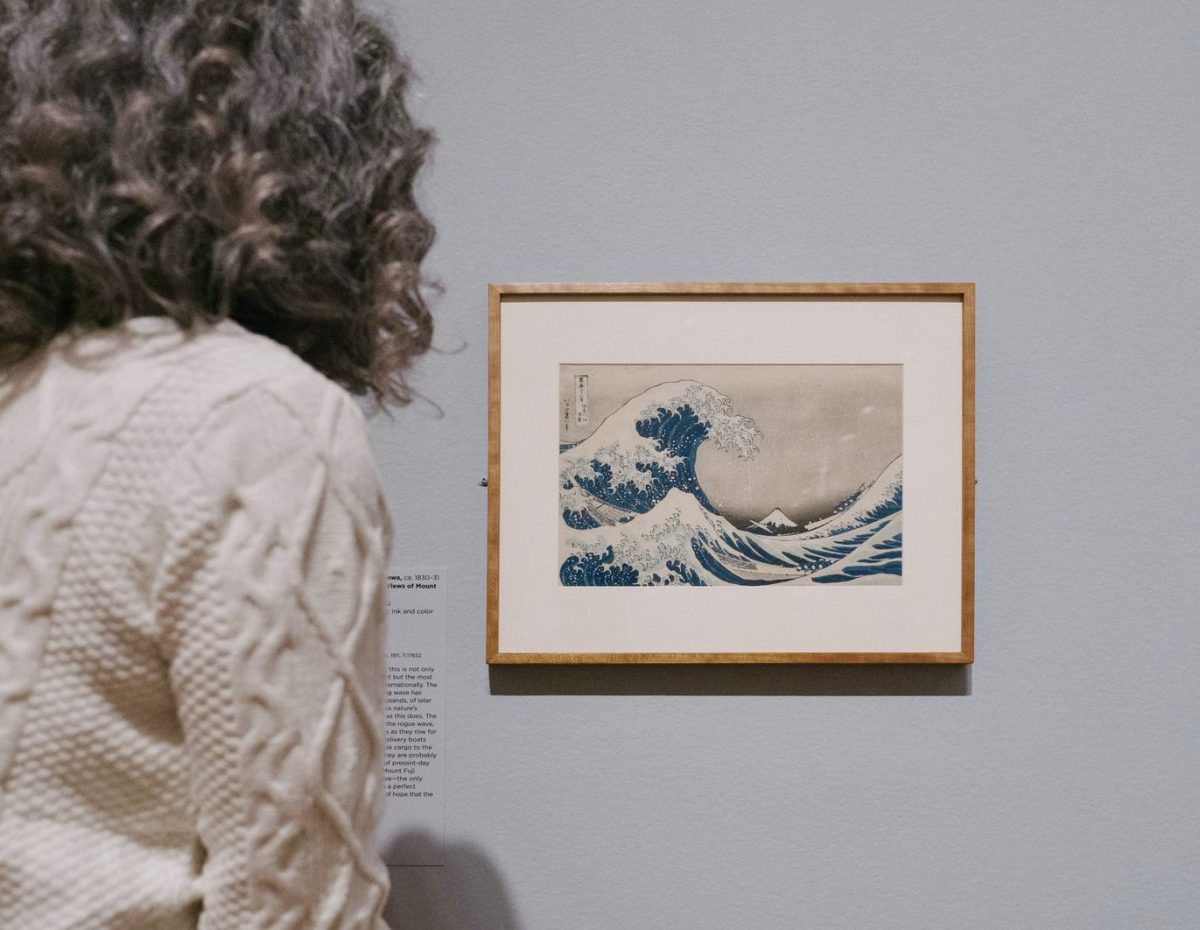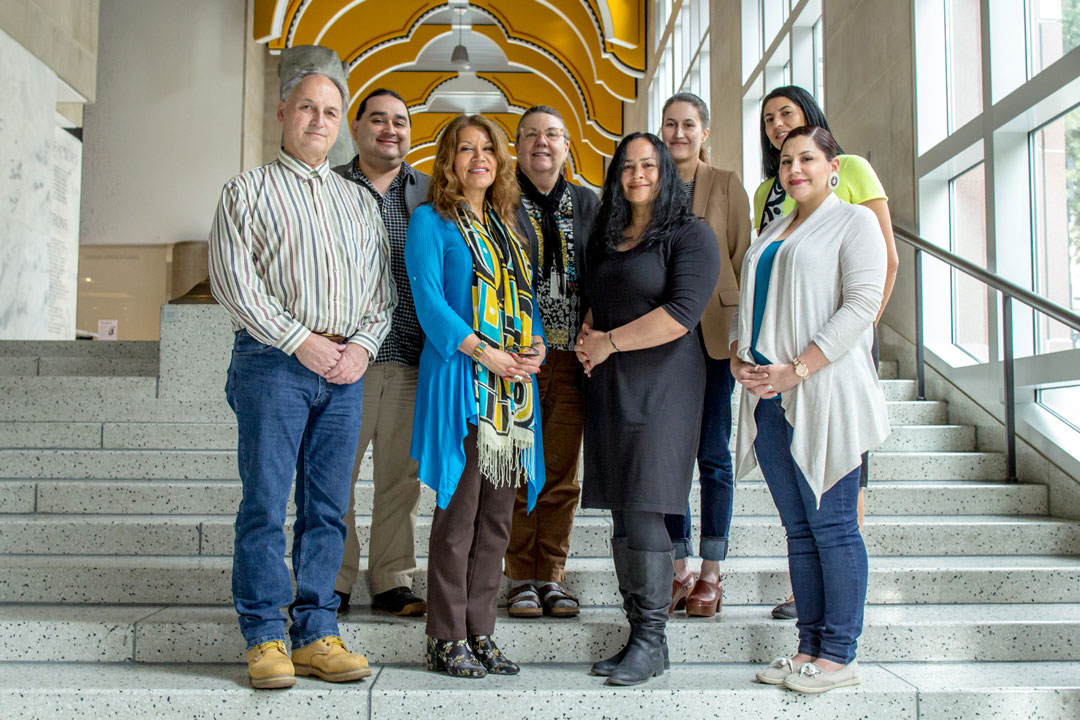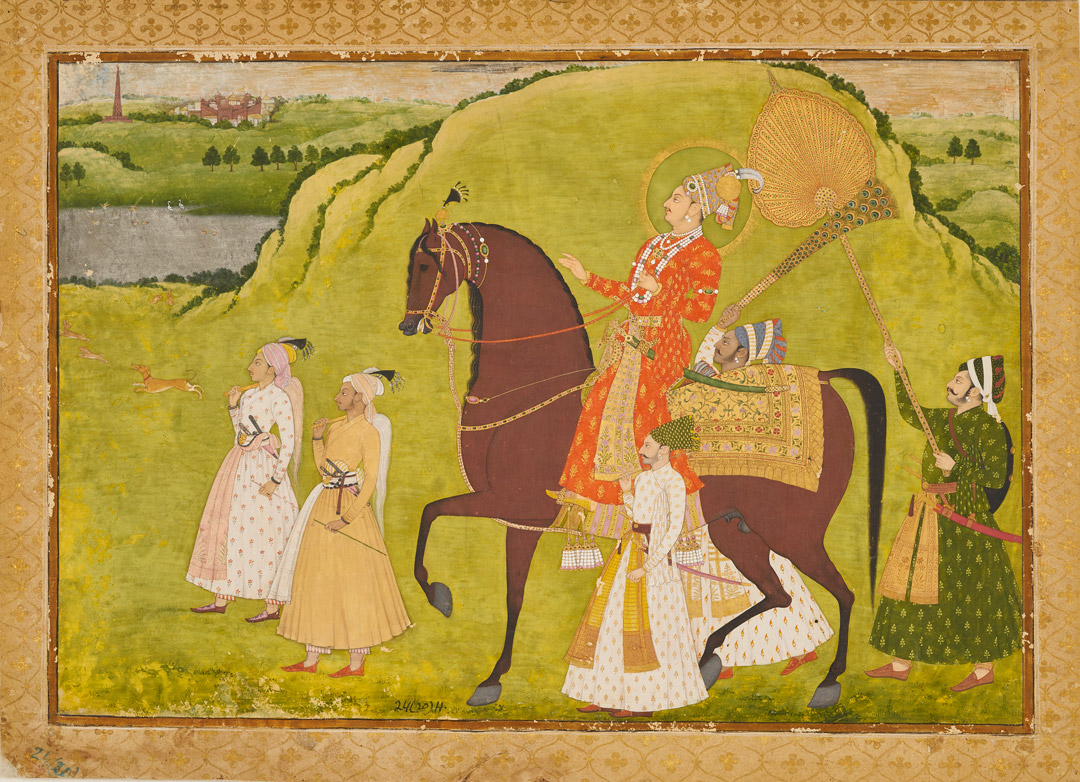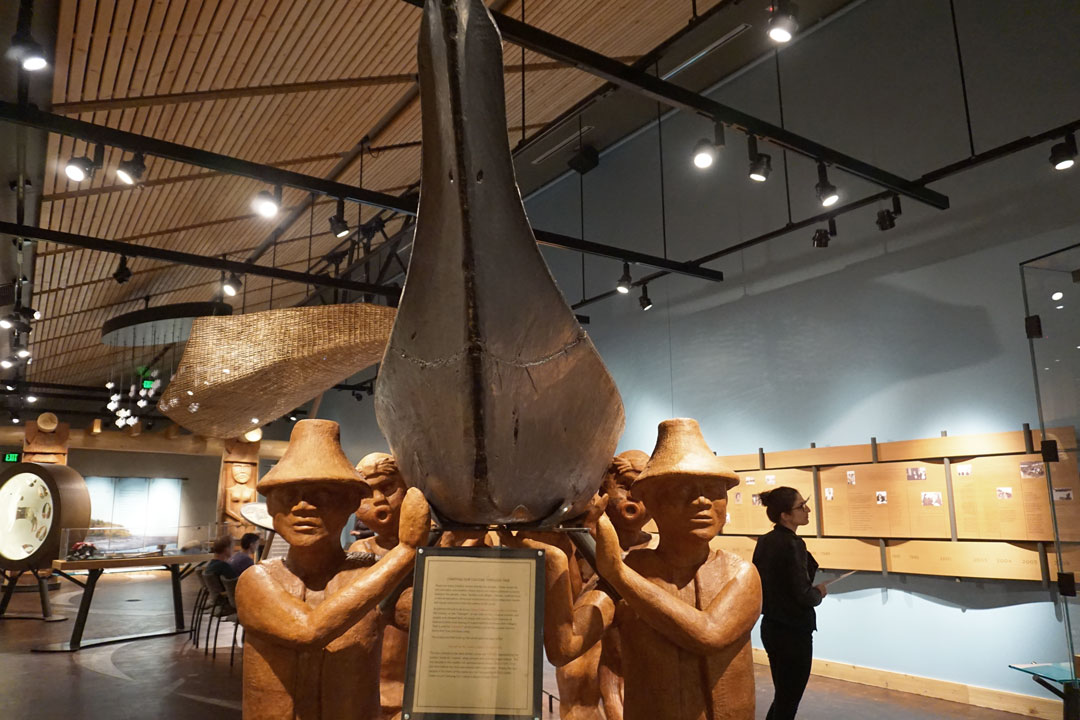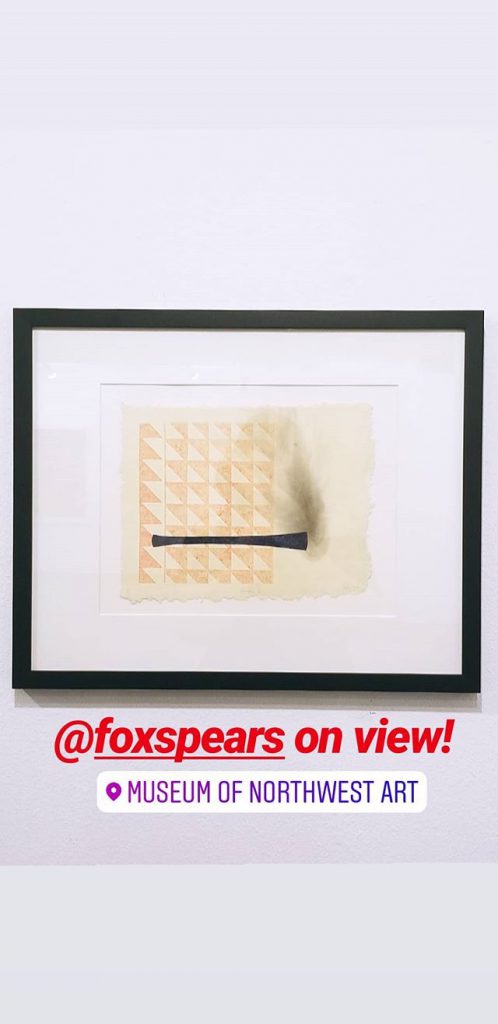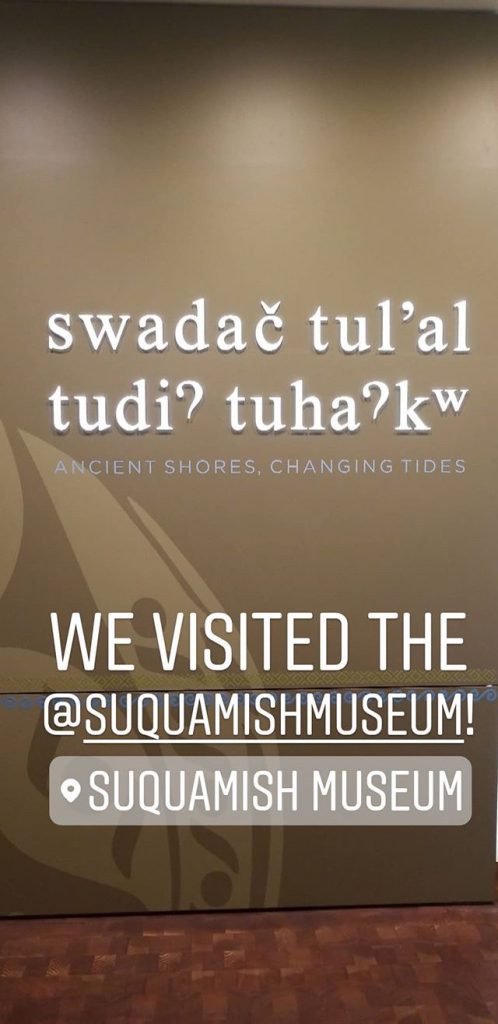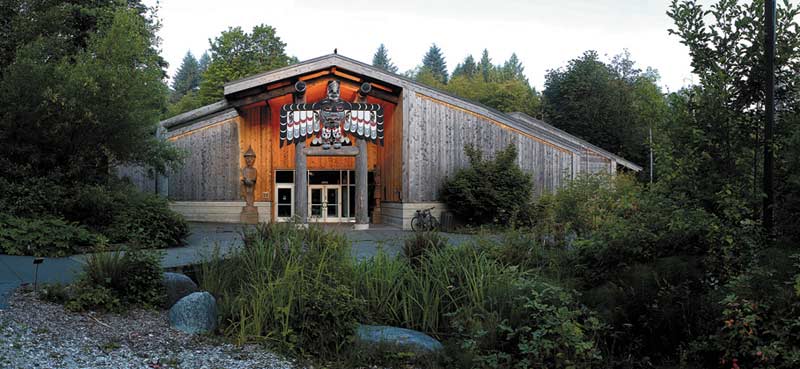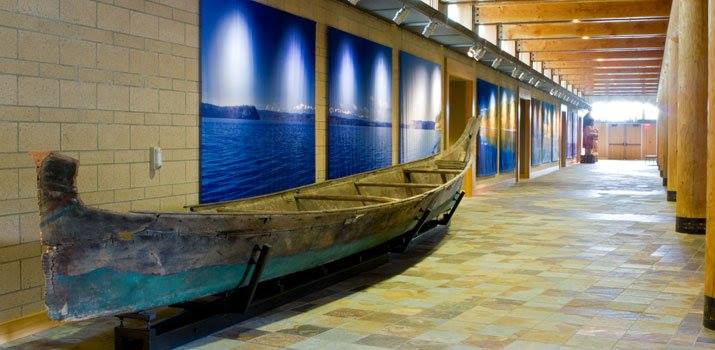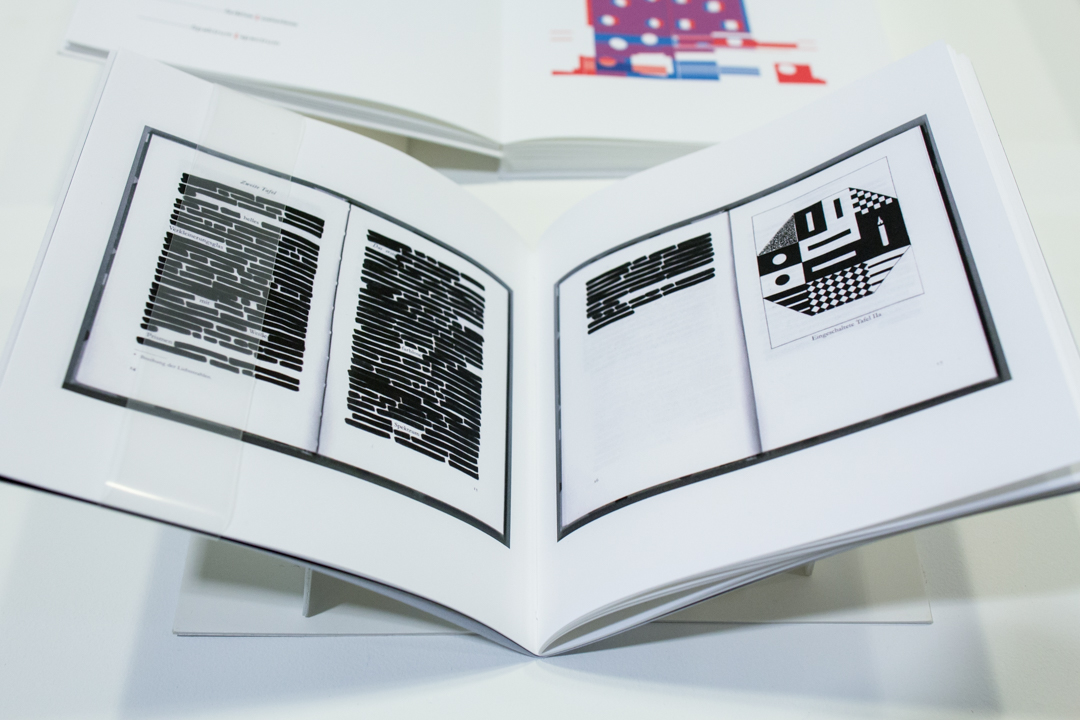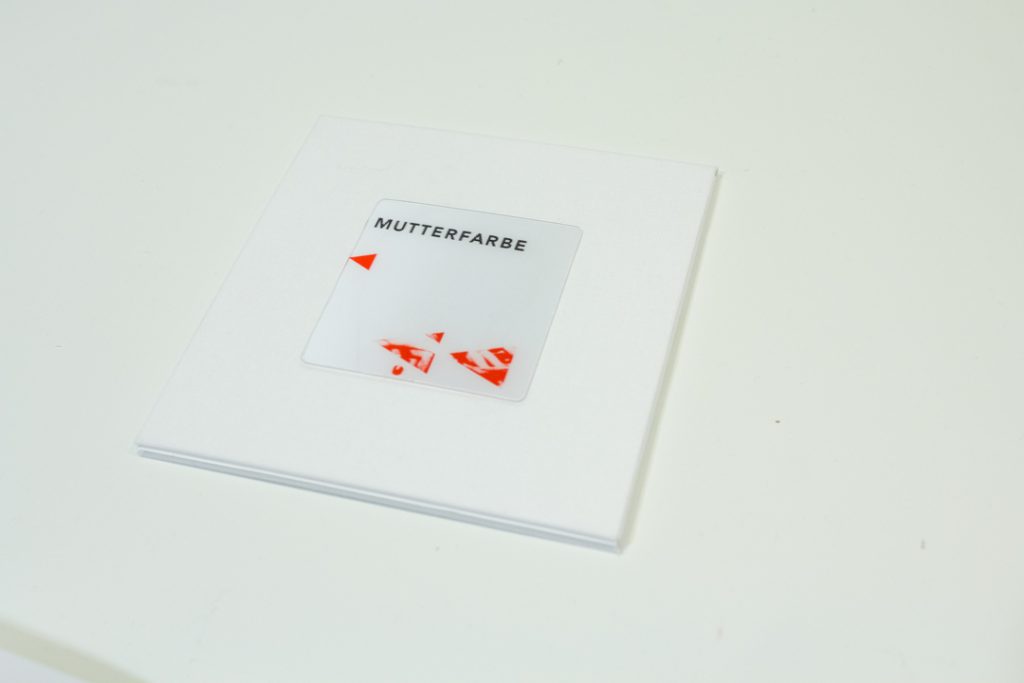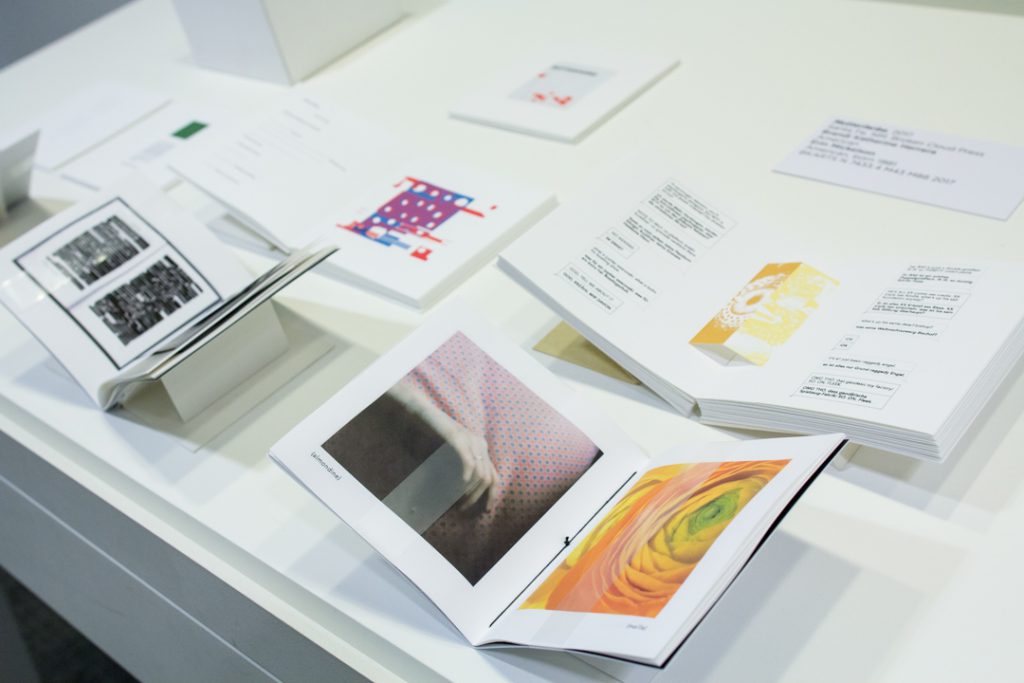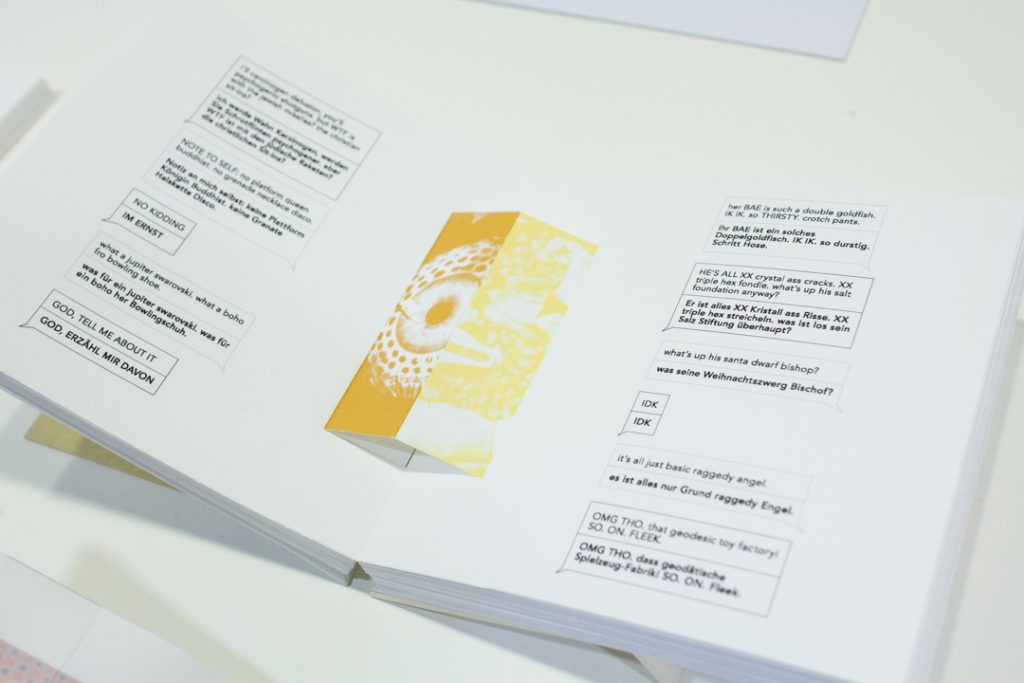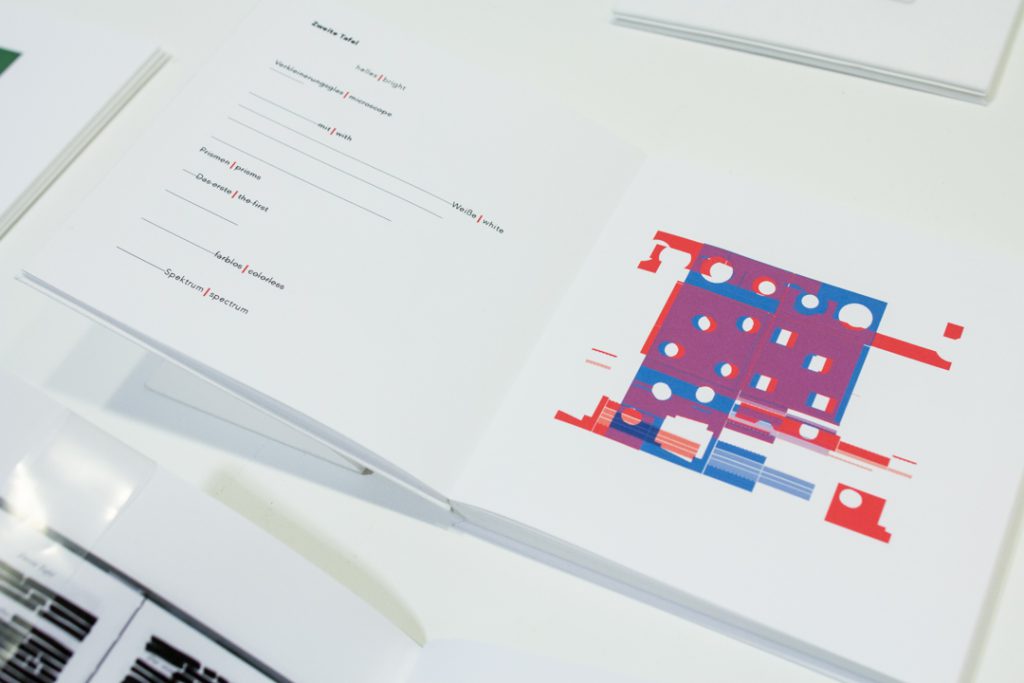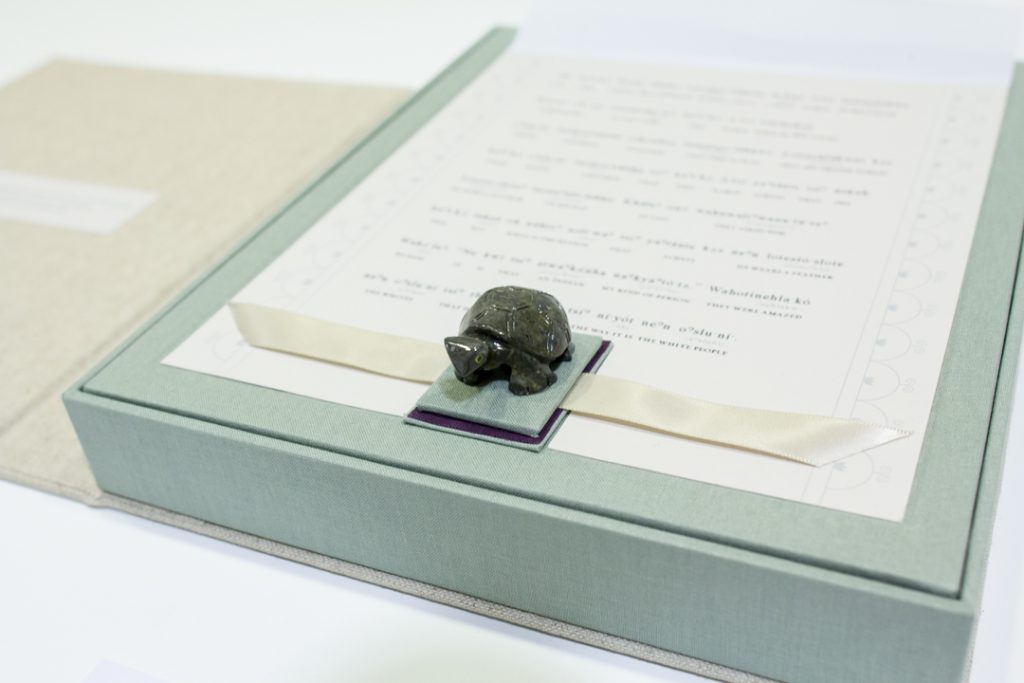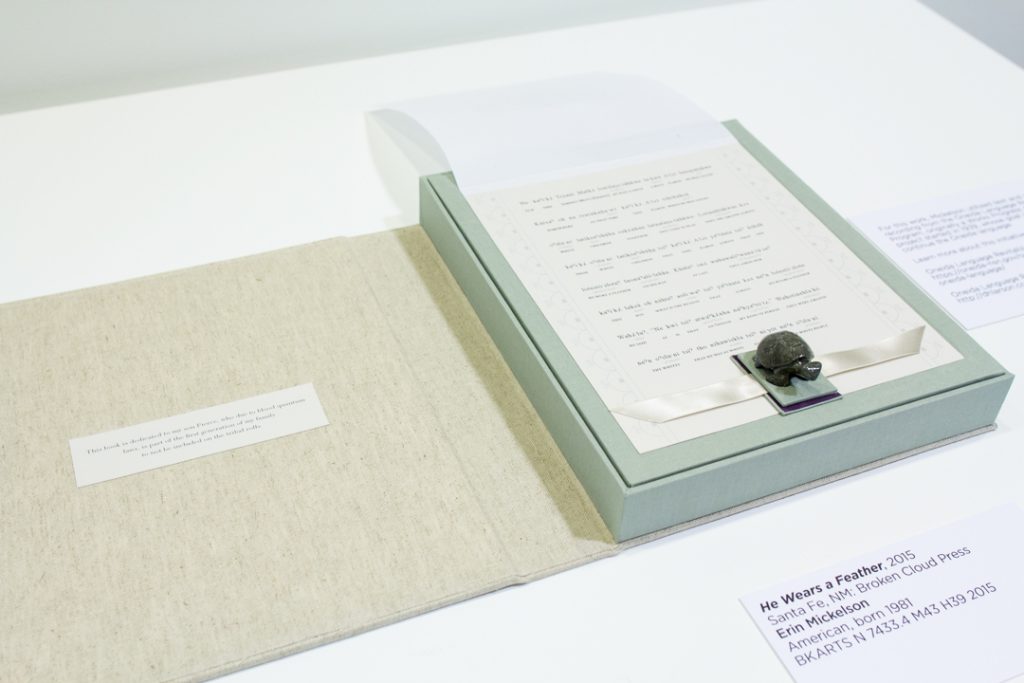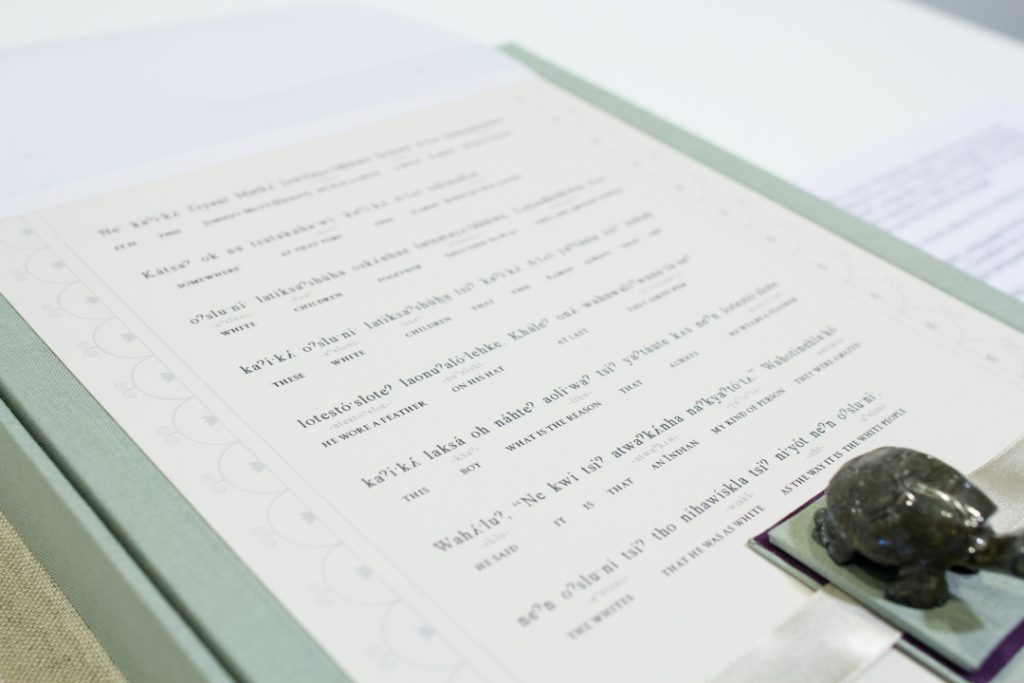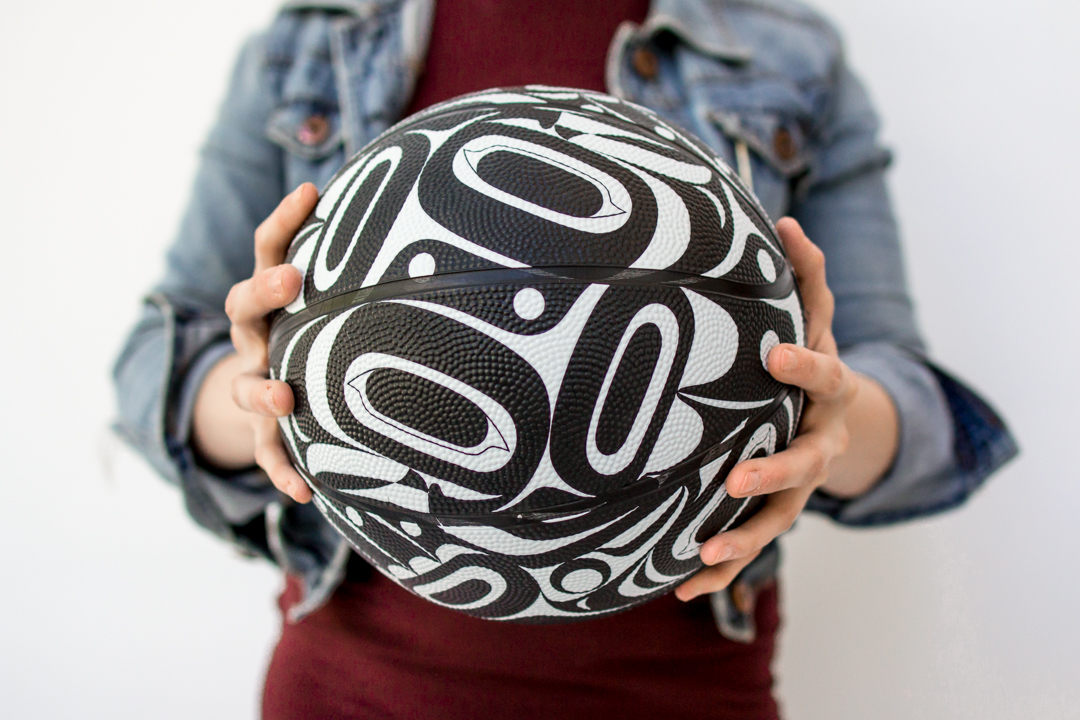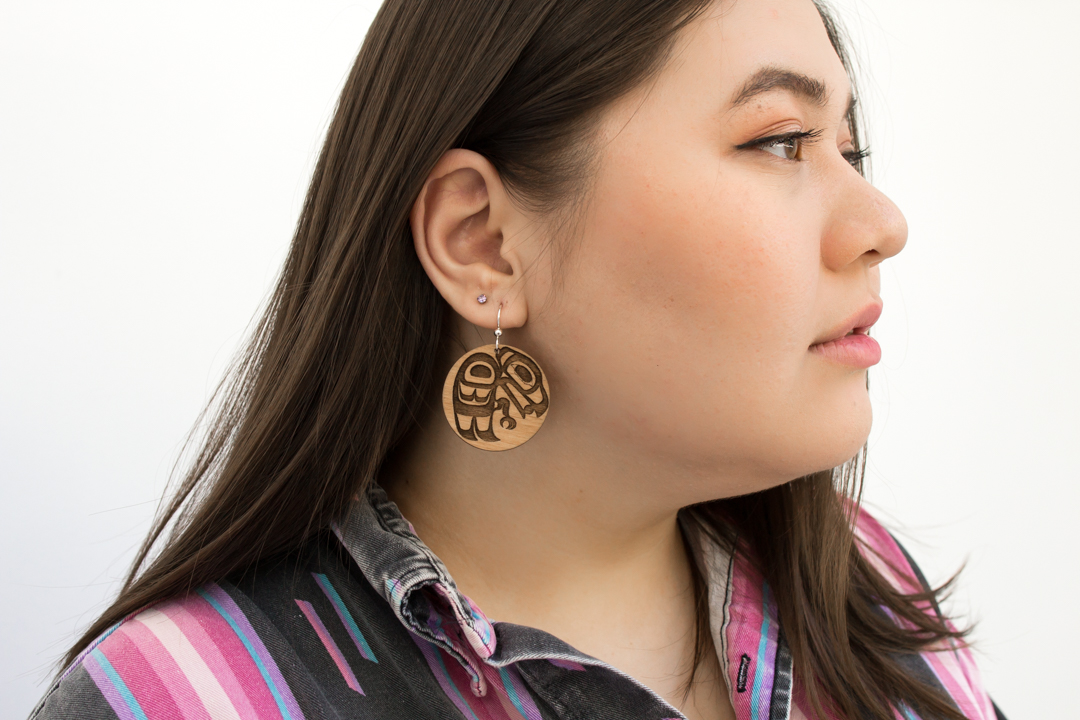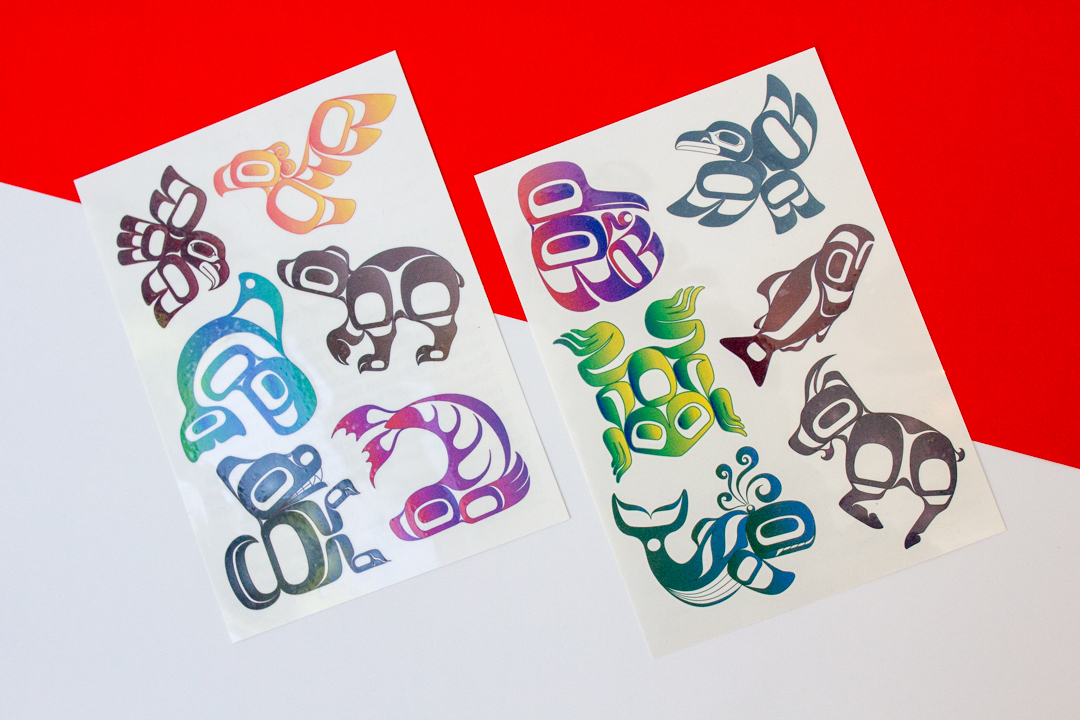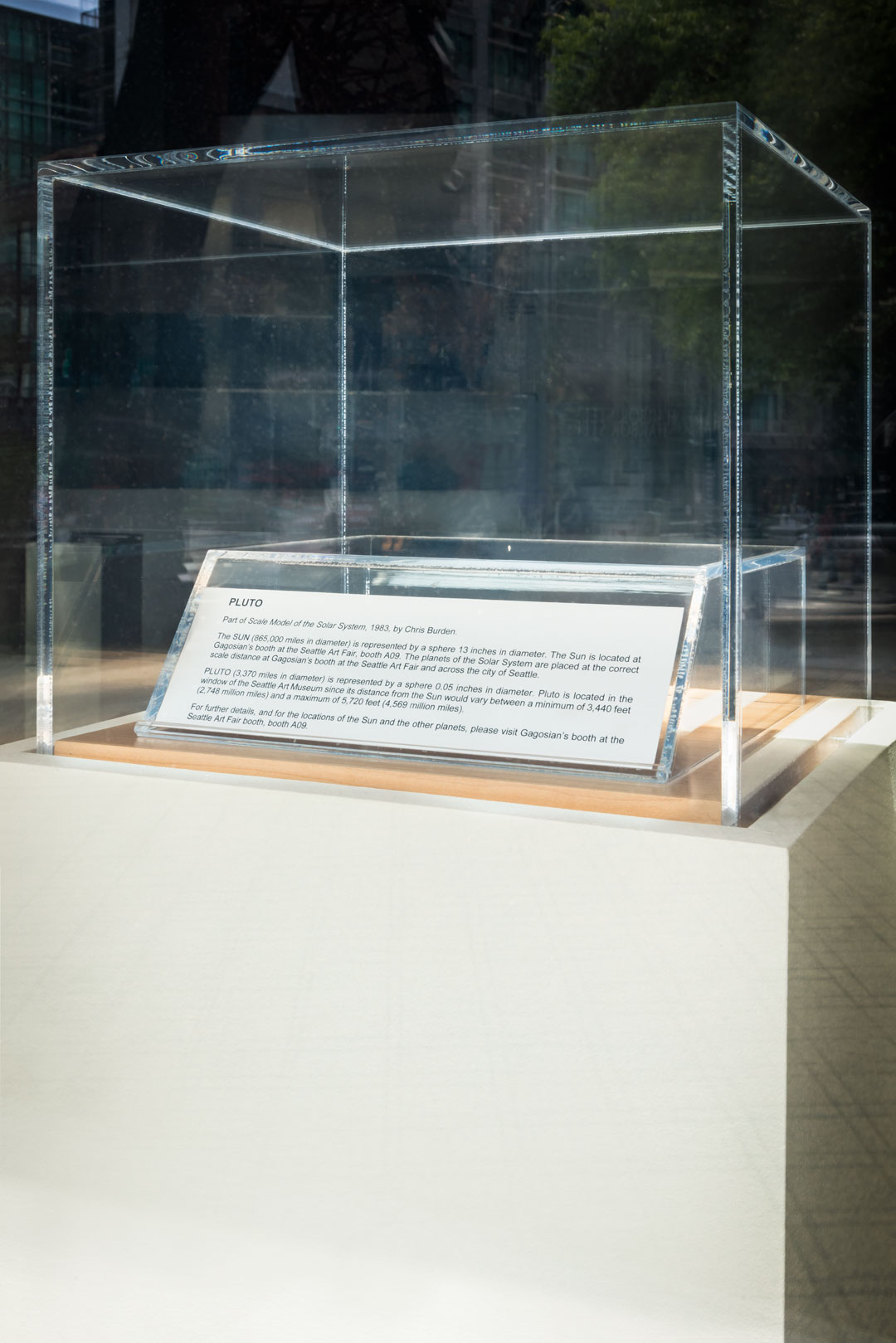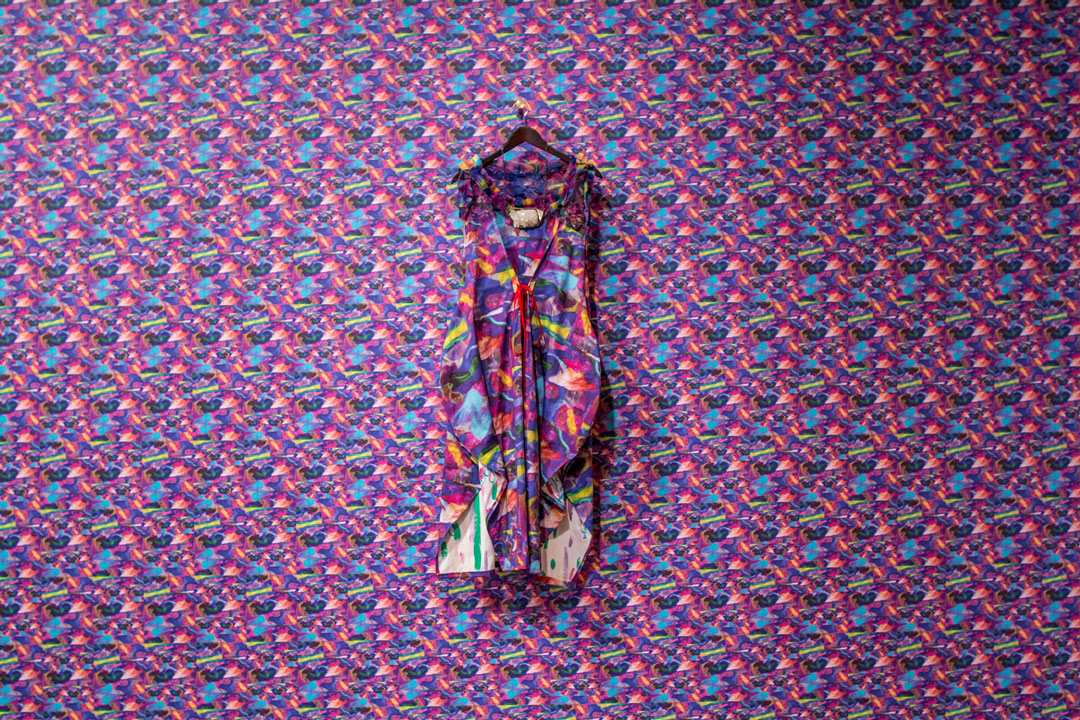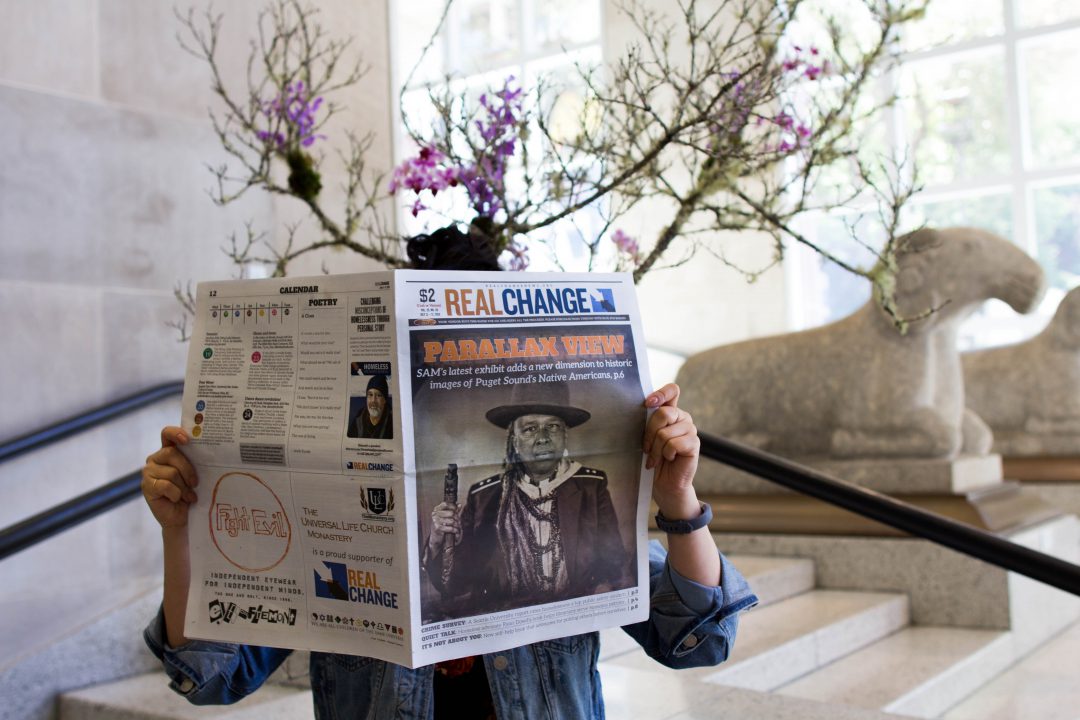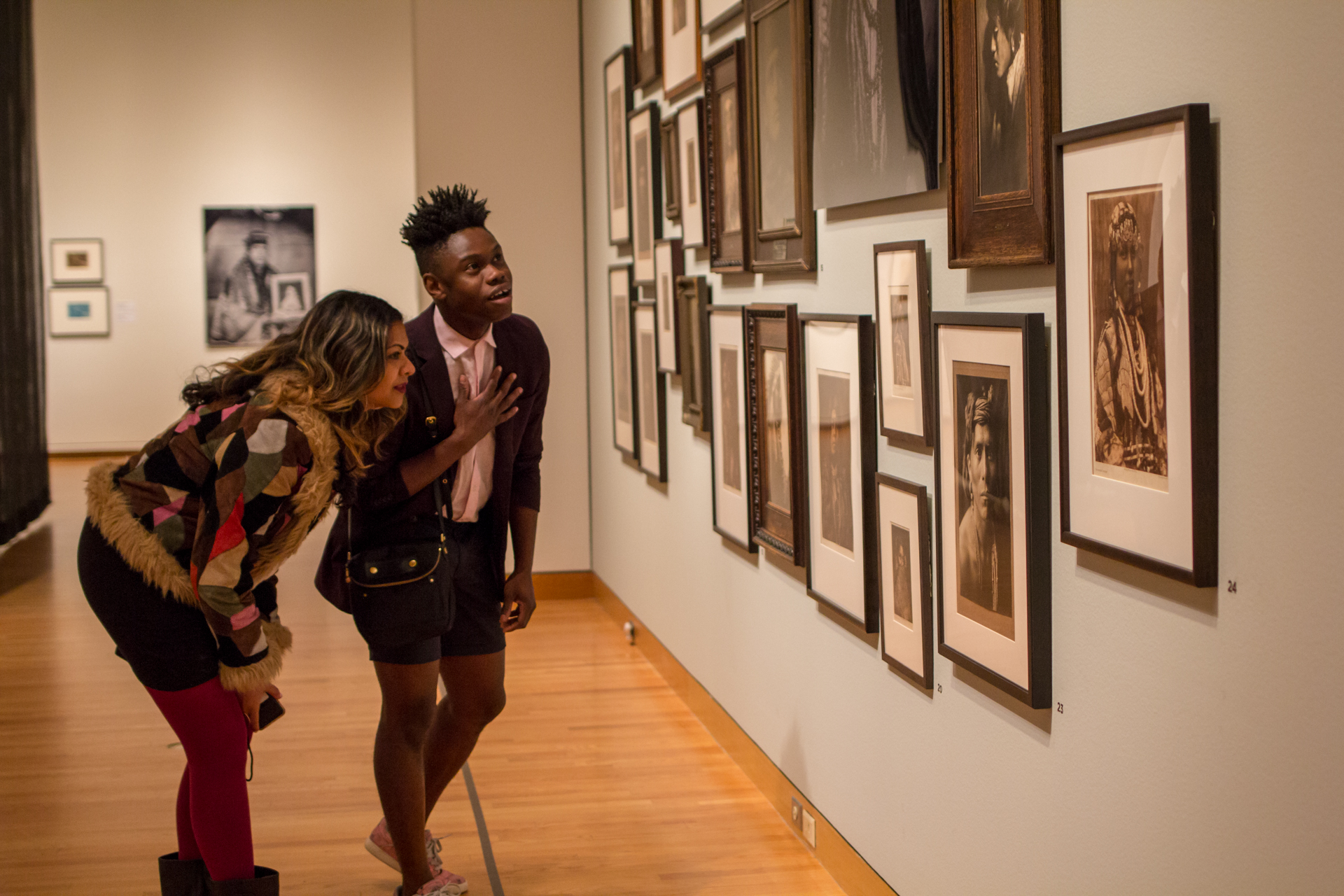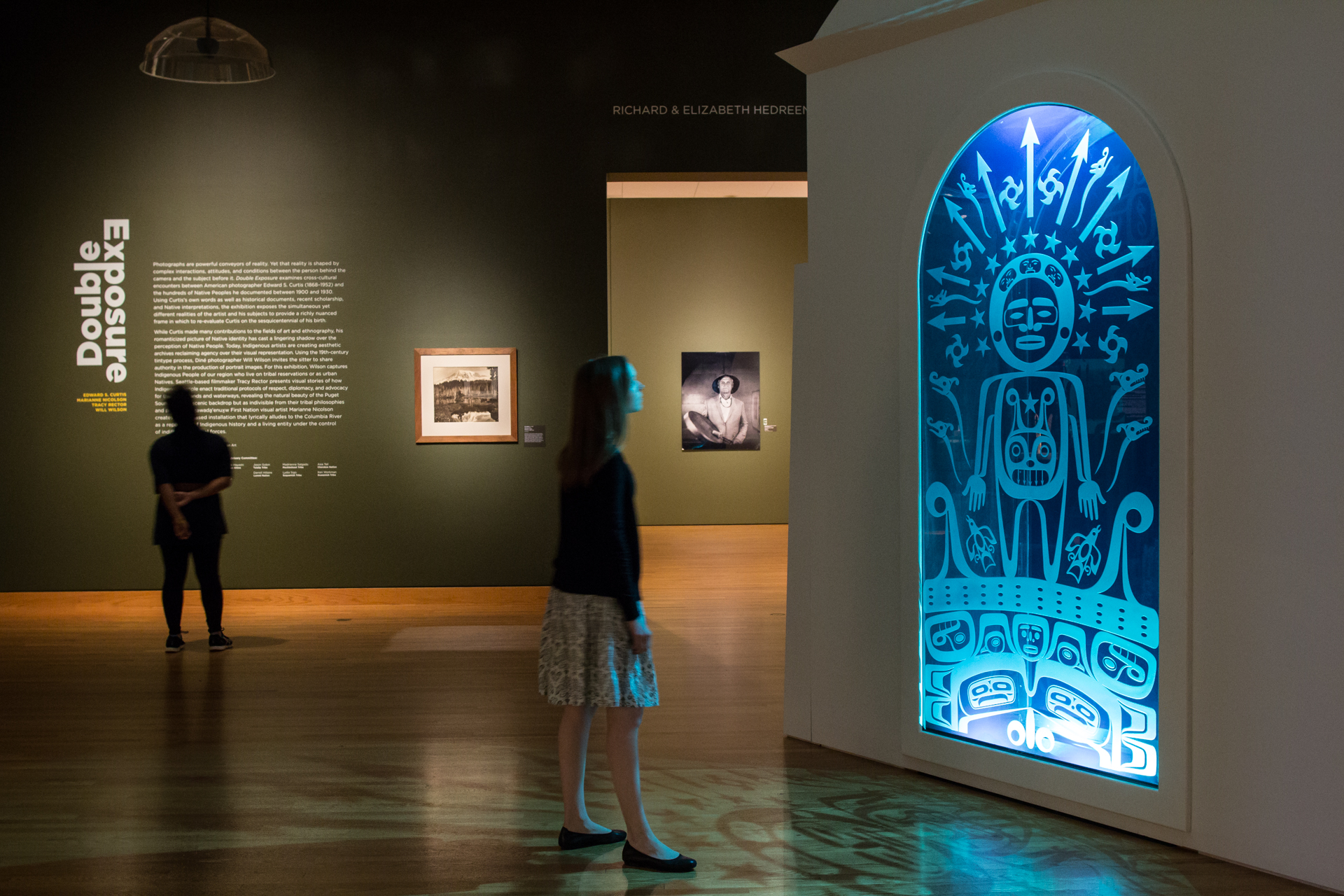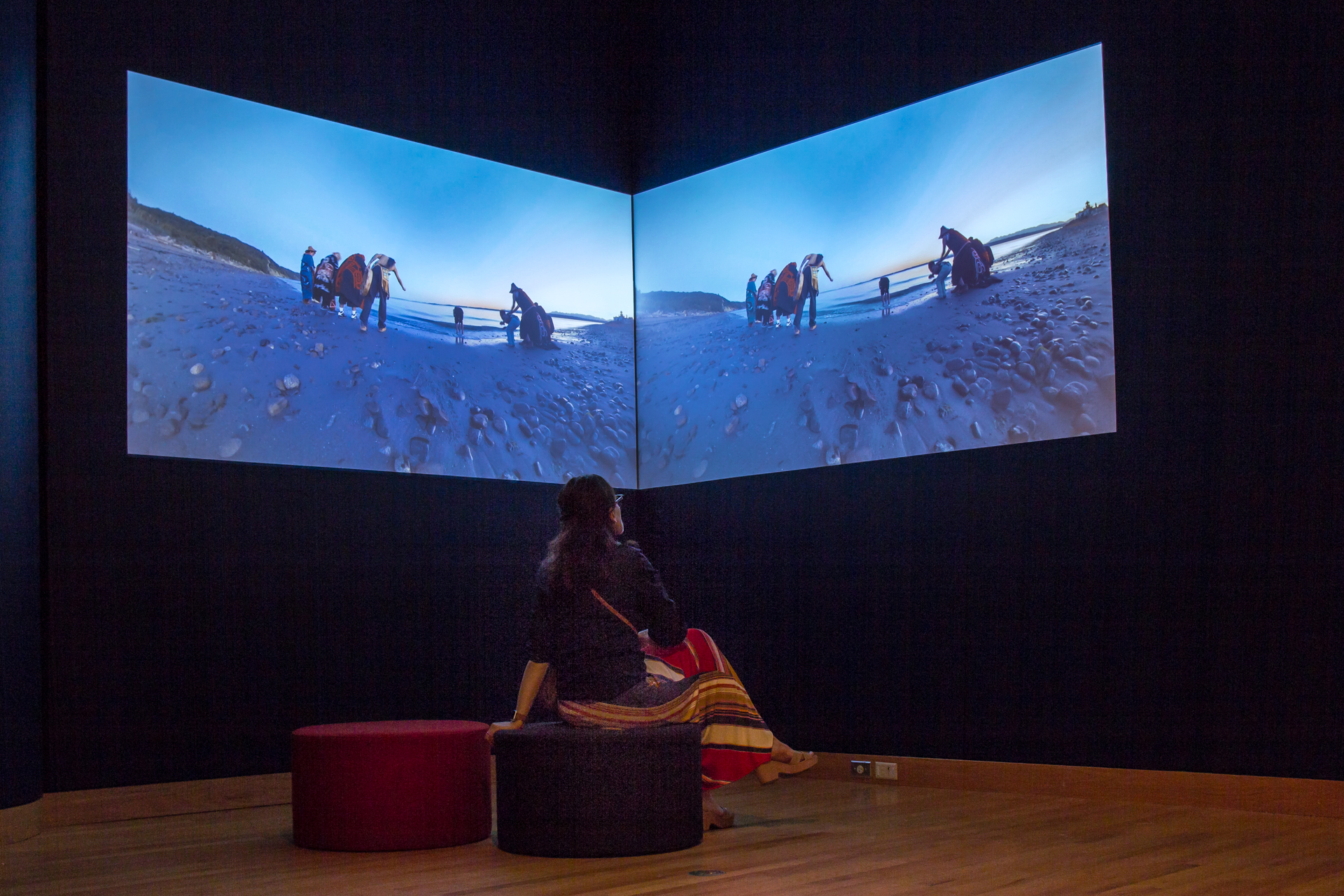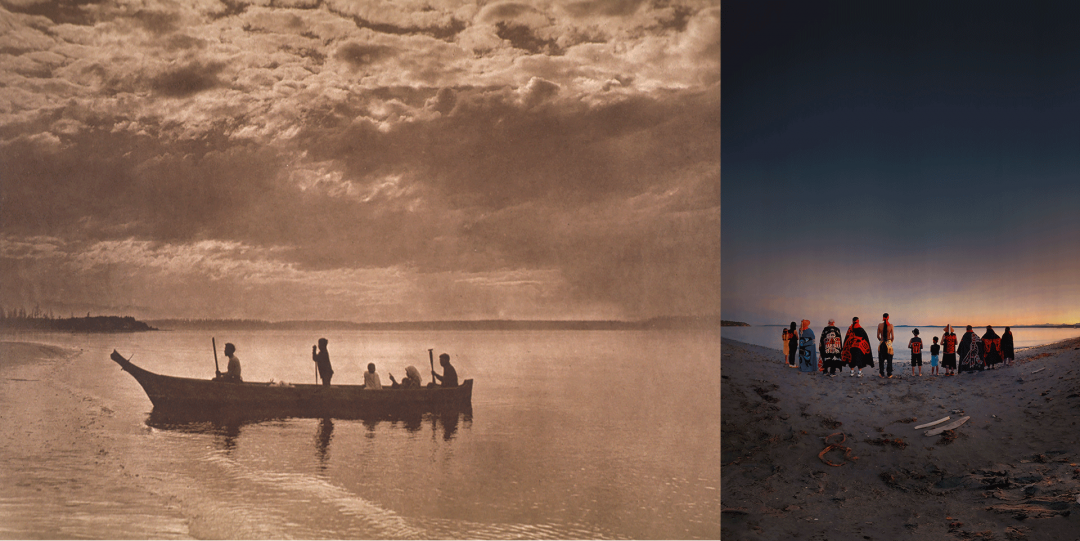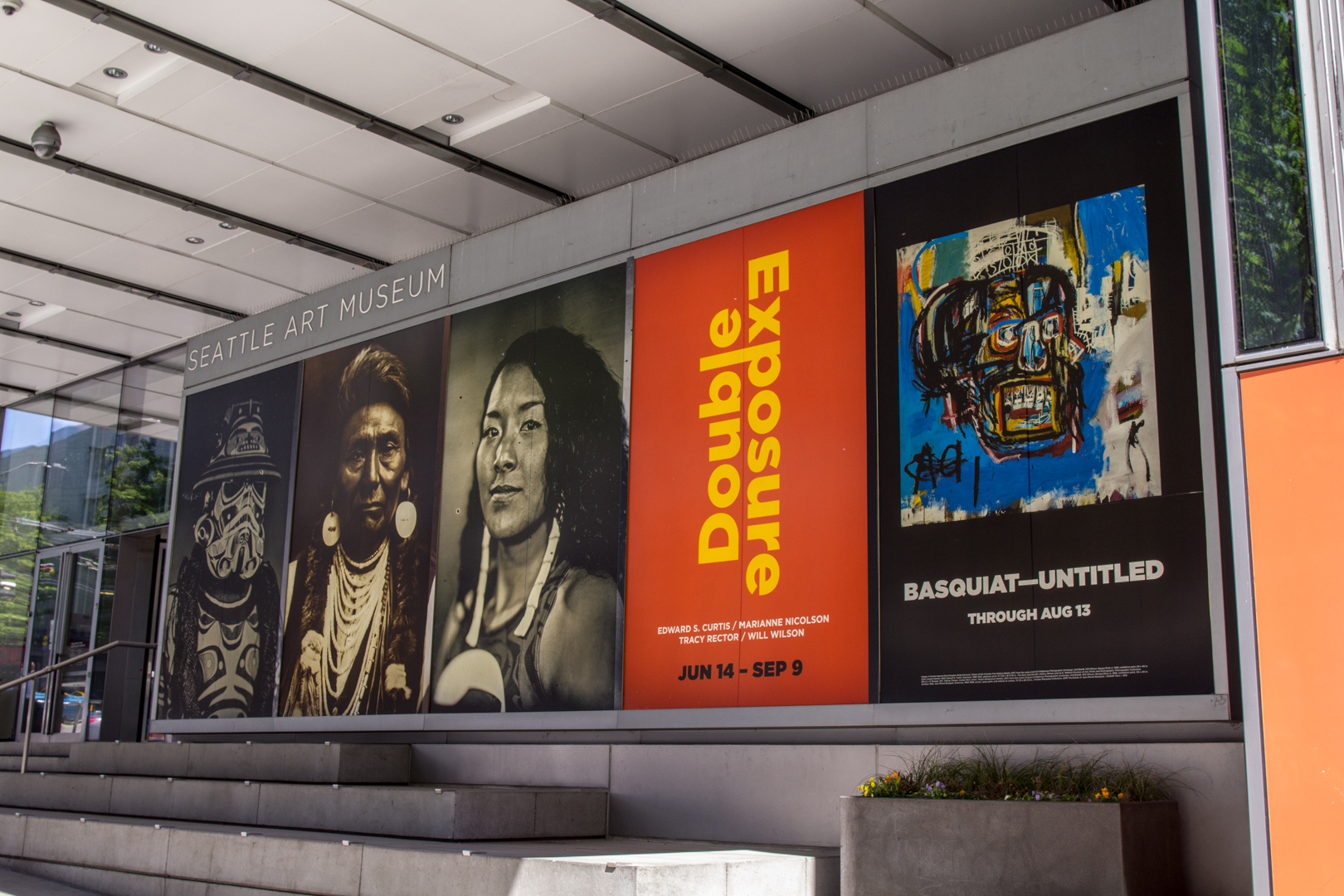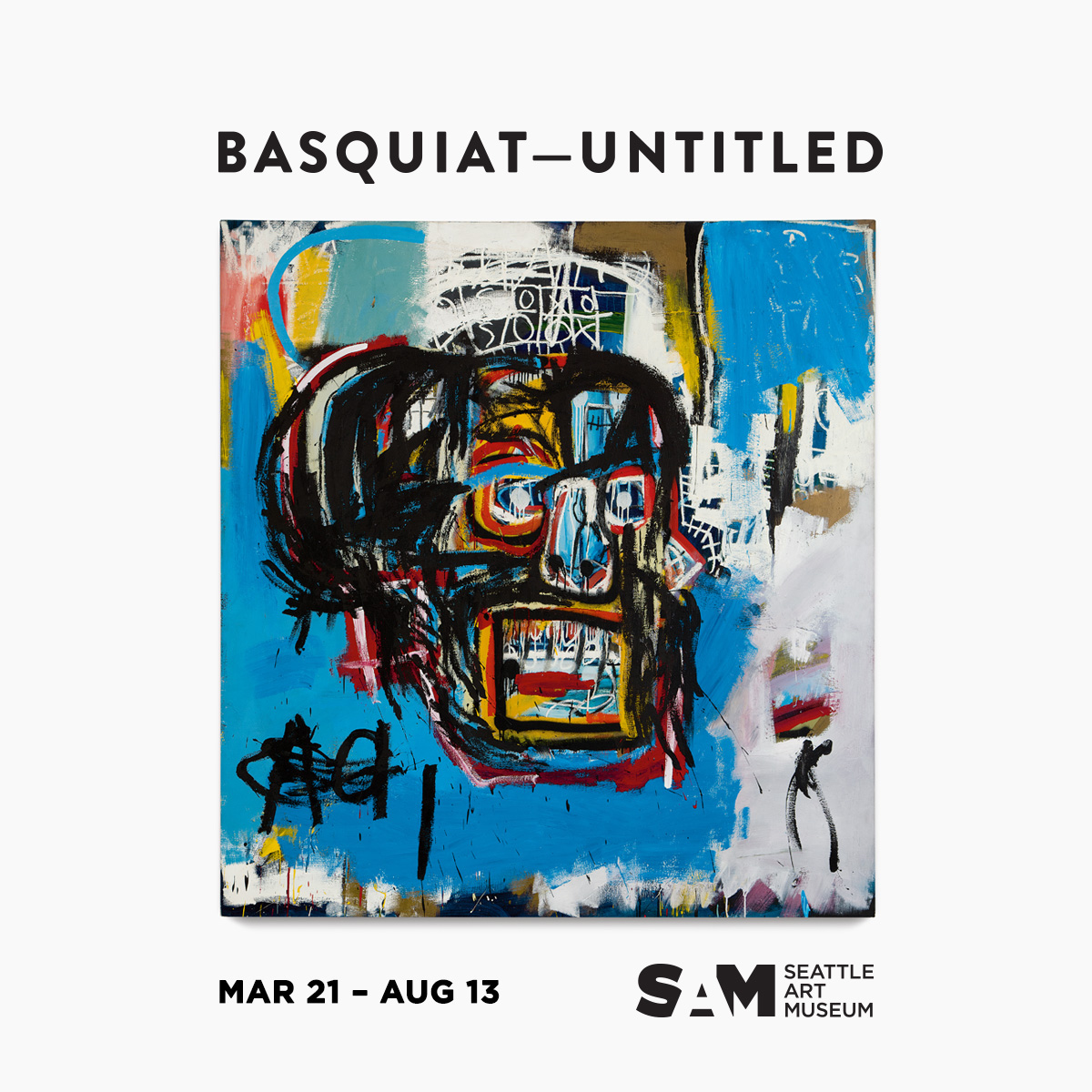Muse/News: Tremendous Hokusai, Indigenous Fashion, and a Gentileschi Revealed
SAM News
All that’s fit to print! SAM exhibitions were featured in the print editions of two Sunday newspapers:
Calder: In Motion, The Shirley Family Collection, which opens in the double-height galleries of November 8, was previewed by Tanya Mohn for the New York Times, who told the story of “giving the gift of Calder.”
“‘Because of Jon Shirley’s meticulous collecting,’ said José Carlos Diaz, curator of the show and deputy director for art at the museum, ‘we have representation of basically every type of work Calder did as a professional artist from the ’20s, all the way to his death in 1976. It helps us create one of the most important collections of the 20th century in Seattle.’”
And the just-opened Hokusai: Inspiration and Influence, from the Collection of the Museum of Fine Arts, Boston was reviewed by Gemma Wilson of the Seattle Times, who offered “5 highlights of Seattle Art Museum’s tremendous new Hokusai exhibit.”
“Investigate these prints and you’ll notice the tiny details that give his work such a sense of dynamism: snow blowing in, a hat rolling away, water rushing under a bridge. ‘Landscapes so gorgeous they knocked people’s socks off,’ said [MFA Boston curator Sarah] Thompson.”
The dazzling Hokusai exhibition was also recommended by Mike Davis of KUOW, Charles Mudede of The Stranger, and Brangien Davis of Crosscut (who goes birding in this week’s edition of arts picks).
Local News
Via Margo Vansynghel of the Seattle Times: “Meet Gülgün Kayim, the new director of Seattle’s Office of Arts & Culture.”
Jas Keimig for South Seattle Emerald on the launch of FILIPINOTOWN Magazine, “a new publication dedicated to highlighting the diversity and strength of the Filipino American community in Seattle.”
Fashion and culture writer Andrew Hoge with his first Seattle Times story on the Eighth Generation blanket that draped actor Lily Gladstone on the cover of British Vogue. (There’s a callback to SAM’s 2018 Double Exposure exhibition.)
“A cover feature is an impressive milestone for any brand. For Eighth Generation, however, it’s an essential step in the company’s mission to flip the narrative on consuming Indigenous culture and art.”
Inter/National News
Hilarie Sheets for the New York Times on the transfer of a five-ton sculpture by Richard Lippold from Lincoln Center to La Guardia Airport.
Elena Goukassian of the Art Newspaper on Ann Philbin’s retirement from The Hammer Museum in Los Angeles after 25 years as its director.
Sarah Cascone of Artnet on how a female nude by Artemisia Gentileschi, once “prudishly censored by heavy drapes of blue,” is now restored by digital imaging technology.
“…restoration scientists went over the painting—which curators removed from the ceiling for the first time in its history—with a fine toothed comb, examining every nanometer and every thin layer of paint.”
And Finally
The New Yorker’s Sasha Frere-Jones on Ryuichi Sakamoto.
– Rachel Eggers, SAM Associate Director of Public Relations
Photo: Chloe Collyer.
